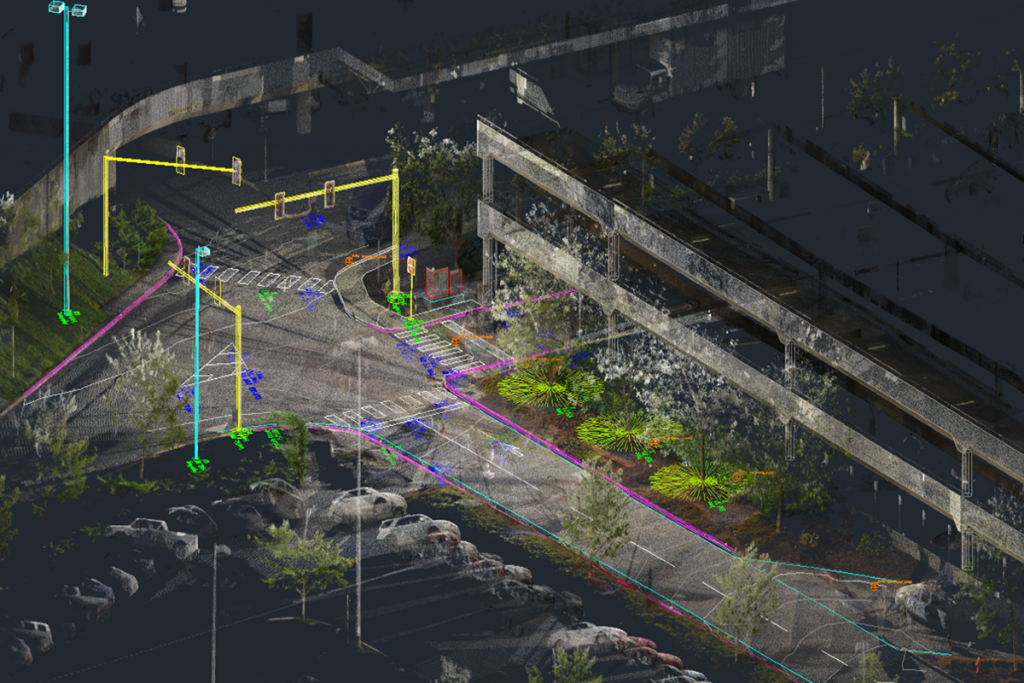
In an interview, Oliver Buerkler, Senior Product Manager at Faro and laser scanning expert, looks at the value proposition of laser scanning
As an opening statement, Buerkler suggests “we should not restrict ourselves to looking at laser scanning itself, but rather the complete workflow that the data enables. We are better placed to support clients with the full process in mind”.
Procuring a survey
When specifying the delivery of point could data, several factors should be considered. Firstly the project requirements, then technical aspects and finally the deliverables. In the UK (and applicable elsewhere), the RICS guidance document ‘Measured Surveys of Land, Buildings and Utilities, 3rd edition’ is a sensible place to begin.
How a surveyor chooses to capture the data is then up to them – whether by static survey stations, drone, linear vehicles, manned flight or handheld devices – certain methods are suited to different situations and physical environments.
With the specification now written ‘who’ is likely to benefit from laser scanning?
The surveyor
An immediate benefit is time-saving – hardware and software developments in recent years have significantly reduced the time taken to undertake scans. The scale of coverage now possible also far exceeds that of traditional methods. In this sense, many surveyors already scanning will have seen great time savings, reduced health and safety risk (late working and overall reduced time on site) and fewer return site visits.
Moving to deliverables, Buerkler states that “the time taken on average to create deliverables from scan data is around ten times that of collecting the data in the first instance”. That said, tools such as the Faro PointSense Family of applications and object recognition algorithms allow the extraction and conversion of point cloud data to final deliverables to be a much quicker process than ever before.
Software can also show where the models are out of tolerance with the specification, highlighting one of the most important aspects of the conversion to ‘other’ deliverables – the scan data will ALWAYS be more accurate and complete than an approximated model.
In summary, the benefits gained here are calculable against traditional methods, although this is just the beginning of a stream of benefits for others.